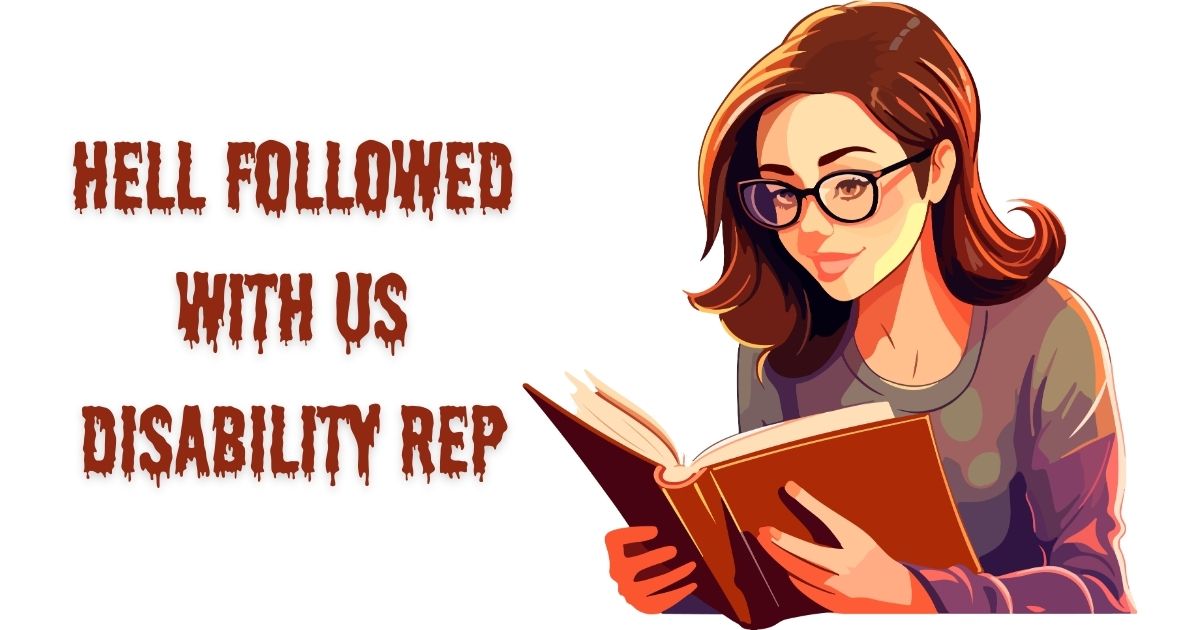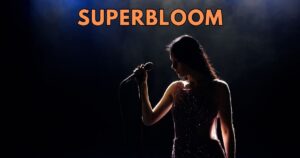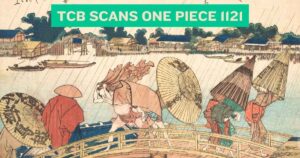In the realm of speculative fiction, representation plays a pivotal role in shaping how diverse identities are depicted and understood. One of the most talked-about books in recent times, “Hell Followed with Us”, stands out not only for its gripping post-apocalyptic plot but also for its nuanced portrayal of marginalized identities—including disability. The hell followed with us disability rep has sparked conversations among readers, critics, and the broader literary community on how accurately and respectfully the novel portrays disabled characters. This article explores the insights and perspectives surrounding the disability representation in “Hell Followed with Us”, offering a deeper understanding of how the novel intersects with issues of identity, inclusion, and empowerment.
ALSO READ: TCB Scans One Piece 1121: New Developments and Fan Theories
Prelude: The Importance of Disability Representation in Literature
Representation in literature goes beyond simply including diverse characters. It’s about portraying them authentically, giving them depth, and ensuring that their identities are not reduced to stereotypes. According to a 2022 report from the Cooperative Children’s Book Center, only 1.6% of children’s and young adult books feature disabled protagonists. This underrepresentation in fiction has made the disability rep in “Hell Followed with Us” even more significant.
The novel’s ability to depict disability as an integral part of the character’s identity without making it the sole focus of the narrative is praised by many. In a genre often dominated by able-bodied characters, the hell followed with us disability rep stands out for its authenticity and depth.
Introduction: What is “Hell Followed with Us”?
“Hell Followed with Us” is a 2022 young adult novel by debut author Andrew Joseph White. Set in a dystopian future ravaged by a fundamentalist religious group, the story follows Benji, a trans teen who is on the run from a cult that seeks to use his body to bring about the apocalypse. Throughout the novel, Benji grapples with his identity, survival, and the horrors of a world bent on erasing him.
The novel stands out not only for its LGBTQ+ representation but also for its inclusion of disabled characters. The hell followed with us disability rep shows how disability intersects with other marginalized identities, offering readers a more inclusive perspective on survival, resilience, and resistance.
Disability Representation in “Hell Followed with Us”
1. The Characterization of Disabled Characters
The hell followed with us disability rep is primarily centered around the character of Theo, one of Benji’s closest allies. Theo, a disabled character, is portrayed with depth and complexity. His disability is part of who he is, but it doesn’t define his entire being. He is not a passive character; instead, he actively contributes to the group’s survival, challenging the traditional tropes often associated with disabled characters in speculative fiction.
Theo’s role in the novel is crucial as he navigates a world that sees disabled individuals as lesser. However, the novel does not portray him as a victim. Instead, Theo’s resilience, intelligence, and determination are highlighted, making him a fully-fledged character with agency.
2. Disability as a Metaphor and Reality
In many dystopian novels, disability is often used as a metaphor for weakness or otherness. However, the hell followed with us disability rep avoids this pitfall. While disability is an undeniable part of the characters’ experiences, it is never used to symbolize anything other than the reality of living with a disability in a post-apocalyptic world.
The novel also explores how systems of oppression—such as the fundamentalist group in the story—view and treat disabled people. The cult seeks to “purify” the world, and this notion of purity often translates into the erasure of disabilities. This mirrors real-world stigmatization of disabled individuals by certain ideological groups.
3. Intersectionality in Disability Representation
One of the standout aspects of the hell followed with us disability rep is how it intersects with other marginalized identities. Theo is not only disabled but is also a queer character. This intersectionality allows the novel to delve into how different forms of marginalization can compound each other, making survival and resistance even more challenging but also more powerful.
The novel’s portrayal of disabled, queer characters in a dystopian setting offers a fresh perspective on how these identities can coexist, resist oppression, and ultimately thrive. This nuanced portrayal of intersectionality is one of the novel’s strongest points.
Table: Key Aspects of Disability Representation in “Hell Followed with Us”
| Aspect | Description |
|---|---|
| Main Disabled Character | Theo, a disabled and queer character with agency |
| Avoidance of Tropes | Disability is not used as a metaphor for weakness |
| Intersectionality | Disability intersects with queerness, adding depth to representation |
| Oppression and Resistance | Explores how systems of oppression target disabled individuals |
| Complexity of Characters | Disabled characters are portrayed with depth and resilience |
The Broader Implications of Disability Representation in YA Fiction
1. Challenging Ableist Narratives
The hell followed with us disability rep challenges ableist narratives that have long existed in popular fiction. Disabled characters in speculative fiction are often either portrayed as burdens or are excluded from stories of survival altogether. By including disabled characters like Theo, the novel pushes back against this trend, showing that disability is not a hindrance to survival but rather a part of human diversity.
2. Empowerment Through Representation
For disabled readers, seeing characters like Theo in “Hell Followed with Us” can be empowering. Representation matters because it validates the experiences of marginalized individuals and offers them a sense of belonging. By portraying disabled characters as strong, capable, and integral to the story’s progression, the novel provides a much-needed narrative shift.
In an interview, author Andrew Joseph White stated that he wanted to create characters who reflect the real world, where disabled individuals are not sidelined but are active participants in their own stories. The hell followed with us disability rep is a testament to this commitment.
- Key Statistic: According to the World Health Organization (WHO), approximately 15% of the world’s population lives with some form of disability.
- Takeaway: Accurate and empowering representation in media is crucial for disabled individuals, who are often underrepresented in literature.
3. Expanding the Conversation on Inclusion
The hell followed with us disability rep also contributes to broader conversations about inclusion in young adult fiction. As more authors prioritize diverse representation, the literary landscape is slowly becoming more inclusive. However, there is still a long way to go. Books like “Hell Followed with Us” are paving the way for more stories that include disabled characters as integral parts of the narrative rather than as side notes or symbols.
Conclusion: The Lasting Impact of “Hell Followed with Us”
The hell followed with us disability rep has made waves in the literary world for its authentic and respectful portrayal of disabled characters. By avoiding harmful tropes and giving disabled characters depth and agency, “Hell Followed with Us” sets a new standard for disability representation in young adult fiction.
As readers continue to engage with the novel, its impact on conversations surrounding disability, intersectionality, and inclusion will likely grow. The novel serves as powerful example of how speculative fiction can be both entertaining and a vehicle for social change.
For more insights on disability representation in media, visit the Disability Rights Education & Defense Fund here.
FAQs
1. Who is the main disabled character in “Hell Followed with Us”?
The main disabled character is Theo, a queer and disabled individual with a significant role in the story.
2. How does the novel avoid ableist tropes?
The novel portrays disabled characters with depth and agency, avoiding clichés that depict disability as weakness.
3. What makes the disability representation in “Hell Followed with Us” unique?
It intersects disability with queerness, offering a nuanced portrayal of marginalized identities in a dystopian setting.
4. How does “Hell Followed with Us” challenge traditional narratives?
The novel shows that disabled characters are integral to the survival narrative, challenging ableist tropes in speculative fiction.
5. Why is disability representation important in YA fiction?
It provides visibility and validation for disabled readers, empowering them and promoting inclusion in the literary world.










